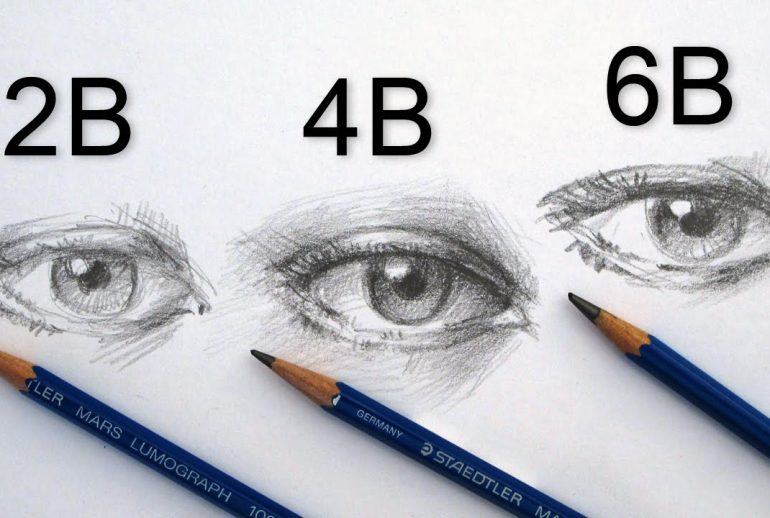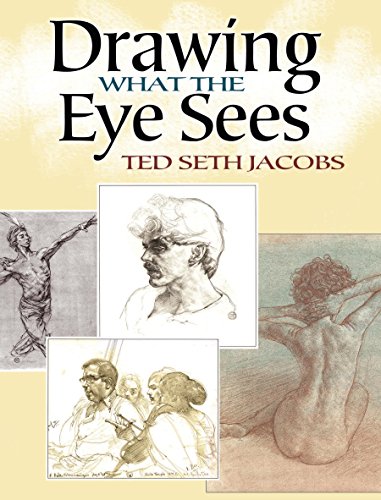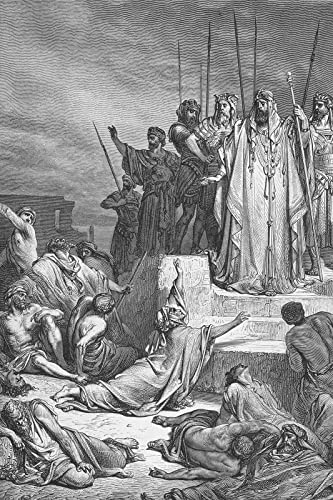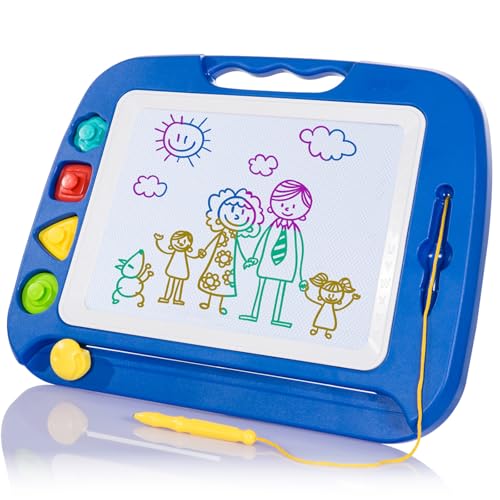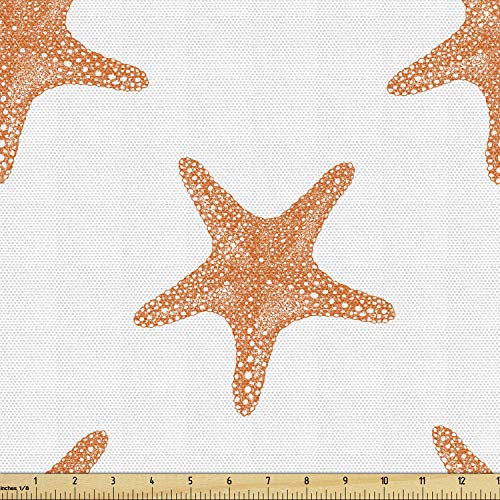The best drawing pencils for shading are usually softer grades like B and 2B. These pencils create rich, dark tones that are perfect for adding depth to your artwork.
Shading can bring your drawings to life. It adds dimension and realism that captivates viewers. But the secret to stunning shading often lies in the pencils you use. Not all pencils are created equal, and choosing the right ones can make a big difference.
Some pencils are softer, giving you smooth, dark shades. Others are harder, better for lighter tones and fine details. Understanding the qualities of different pencils can help you create beautiful, shaded drawings that stand out. So, let’s explore which drawing pencils are best for shading and why they matter.
Introduction To Shading Pencils
Shading brings depth and realism to drawings. Choosing the right pencils for shading is crucial. These pencils help create smooth transitions and detailed textures. Let’s dive into the world of shading pencils.
Importance Of Shading
Shading gives life to flat drawings. It adds shadows, highlights, and mid-tones. This technique makes your artwork look three-dimensional. Without shading, drawings appear flat and lifeless. Shading helps define light sources and adds contrast. It enhances the overall impact of the artwork.
Types Of Drawing Pencils
Different pencils serve different shading needs. Here are common types:
- Graphite Pencils: These are the most common. They range from hard (H) to soft (B). Hard pencils (H) create light lines. Soft pencils (B) make dark, rich lines. The middle range (HB) offers a balance.
- Charcoal Pencils: These are great for deep shadows. They produce a rich, dark black. Charcoal can be messy but is very effective for bold shading.
- Colored Pencils: These add color and shading. They are wax-based or oil-based. Layering different colors creates depth and texture.
- Carbon Pencils: These combine graphite and charcoal. They offer smooth shading and deep blacks. Carbon pencils are less messy than charcoal.
- Mechanical Pencils: These provide consistent lines. They are good for detailed shading. Mechanical pencils do not need sharpening.
Choosing the right pencil depends on your project. Experimenting with different types can help you find your favorite.

Graphite Pencils
Graphite pencils are a staple for many artists. They are especially useful for shading. Their versatility allows for a range of effects. From light, delicate strokes to deep, rich tones. Whether you are a beginner or a pro, understanding graphite pencils is key.
Hardness Grades
Graphite pencils come in various hardness grades. These grades indicate the amount of clay mixed with graphite. The more clay, the harder the pencil. Here’s a breakdown:
| Grade | Description |
|---|---|
| H | Hard, light lines, great for fine details |
| HB | Medium hardness, versatile, good for general use |
| B | Soft, dark lines, excellent for shading |
| 2B | Softer, darker, ideal for rich shading |
| 4B | Very soft, very dark, perfect for deep shadows |
| 6B | Extremely soft, extremely dark, best for intense shading |
Best Brands
Choosing the right brand enhances your drawing experience. Here are some top brands:
- Faber-Castell: Known for high-quality pencils. Smooth application and durable.
- Staedtler: Reliable and consistent. Great for detailed work.
- Derwent: Offers a wide range of grades. Perfect for various shading techniques.
- Prismacolor: Soft and rich. Ideal for bold, dark shading.
- Tombow: Japanese brand. Excellent for precision and softness.
Each brand has its own unique feel. Experiment to find which suits you best.
Charcoal Pencils
When it comes to shading, charcoal pencils are a popular choice. They offer a rich and deep texture, which makes them ideal for creating dramatic contrasts and fine details in drawings. They are particularly favored by artists who want to achieve a bold and expressive look.
Advantages
Charcoal pencils have several advantages over other types of drawing pencils:
- Deep and Rich Texture: Charcoal provides a dark and intense shade, perfect for high contrast.
- Versatility: You can create both broad strokes and fine lines with ease.
- Blendability: Charcoal pencils blend well, allowing for smooth transitions.
- Erasure: You can erase charcoal more easily than graphite, which helps in correcting mistakes.
Top Picks
Here are some top charcoal pencils that are highly recommended for shading:
| Brand | Features |
|---|---|
| General’s Charcoal Pencils | Available in various hardness, smooth application, easy blending. |
| Derwent Charcoal Pencils | High-quality, consistent texture, and easy to sharpen. |
| Prismacolor Premier Charcoal Pencils | Rich pigment, smooth texture, and durable. |
Using the right charcoal pencil can enhance your shading techniques. Choose the one that suits your style and needs. Whether you prefer a softer or harder pencil, these top picks have got you covered.
Colored Pencils
When it comes to shading with colored pencils, the right tools make a significant difference. Colored pencils provide a vibrant, textured finish that can elevate your artwork. They are versatile and can blend beautifully to create smooth gradients.
Blending Techniques
Blending is a crucial technique for achieving smooth shading with colored pencils. Here are some popular blending methods:
- Layering: Apply multiple layers of colors. Start with light colors and gradually add darker shades.
- Burnishing: Use a colorless blender or a white pencil. Apply firm pressure to create a polished look.
- Solvent Blending: Use solvents like rubbing alcohol. It helps in blending colors seamlessly.
Recommended Brands
Choosing the right brand of colored pencils is essential. Here are some recommended brands:
| Brand | Features |
|---|---|
| Prismacolor Premier | Soft cores, excellent for blending and shading |
| Faber-Castell Polychromos | Oil-based, vibrant colors, excellent lightfastness |
| Derwent Coloursoft | Soft texture, rich pigmentation, easy to layer |
Each brand offers unique qualities. It’s important to experiment and find what works best for your style.
Mechanical Pencils
Mechanical pencils offer a unique advantage for artists. They provide consistent line width and do not need sharpening. They are also great for detailed work and precise shading. This makes them a popular choice among both beginners and experienced artists.
Precision In Shading
Mechanical pencils excel in providing precision. Their fine points allow for detailed shading. With these pencils, you can create smooth gradients and subtle shadows. This is because the lead remains the same thickness throughout use.
Another advantage is that you can control the pressure easily. This helps in achieving various shades. The lead does not wear down quickly, ensuring consistent strokes. It is ideal for work that requires fine details and exact lines.
Popular Choices
| Brand | Lead Size | Special Features |
|---|---|---|
| Uni-ball Kuru Toga | 0.5mm | Rotating lead mechanism |
| Rotring 600 | 0.5mm | Metal body, precise weight |
| Pentel GraphGear 1000 | 0.3mm | Retractable tip, comfortable grip |
These brands are well-known for their quality. The Uni-ball Kuru Toga has a rotating lead mechanism. This ensures even wear and sharp lines. Rotring 600 offers a metal body and precise weight. It is durable and provides a good balance.
The Pentel GraphGear 1000 is favored for its retractable tip. It also has a comfortable grip, which is useful for long drawing sessions. Choosing the right mechanical pencil can enhance your shading skills. It can make your artwork more detailed and professional.
Specialty Pencils
Specialty pencils are unique tools designed for specific artistic effects. They enhance the depth and texture of your shading. These pencils can transform your drawings with their unique qualities. Let’s explore some of the best specialty pencils for shading.
Watercolor Pencils
Watercolor pencils combine the control of a pencil with the fluidity of watercolors. They are versatile and easy to use. Draw with them dry, then add water with a brush. This creates smooth, shaded areas that blend beautifully. Adjust the intensity by varying the pressure and amount of water. These pencils are perfect for soft, gradient shading.
Pastel Pencils
Pastel pencils offer the soft, chalky texture of pastels with the precision of a pencil. They are excellent for creating rich, velvety shading. These pencils blend easily with a finger or blending stump. Layering different colors can add depth and dimension. Use light strokes for delicate shading or heavy strokes for bold areas.
Tips For Choosing Shading Pencils
Choosing the right pencils for shading can greatly impact your artwork. The variety of options can be overwhelming. Here are some tips to help you make the best choice for your needs.
Personal Style
Consider your personal style before picking shading pencils. If you prefer fine details, harder pencils like H or 2H may suit you. For a more expressive style, softer pencils such as 4B or 6B can create rich, dark tones.
Budget Considerations
Your budget can also affect your choice of shading pencils. High-quality pencils can be expensive. Student-grade pencils are more affordable but may not offer the same range of tones. Balance quality and cost to find the best option for your needs.

Frequently Asked Questions
What Are The Best Pencils For Shading?
Graphite pencils are best for shading. Use softer grades like 2B, 4B, and 6B for darker shades.
How Do I Choose A Shading Pencil?
Choose based on hardness. H pencils are lighter, B pencils are darker. Softer pencils are easier for shading.
Can I Use Mechanical Pencils For Shading?
Yes, but traditional pencils are better. Mechanical pencils have consistent lines, while traditional pencils allow varied shading.
What Pencils Do Professional Artists Use For Shading?
Professional artists use a range from 2H to 8B. They prefer softer pencils for smooth, rich shading.
Conclusion
Choosing the best drawing pencils for shading can improve your artwork. Softer pencils like 4B and 6B are great for deep shadows. Harder pencils, such as 2H and H, work well for lighter shading. Combining different pencil grades creates more depth and texture.
Experiment with various pencils to find your favorites. Remember, practice makes perfect. Happy drawing!

